Animal Life news stories
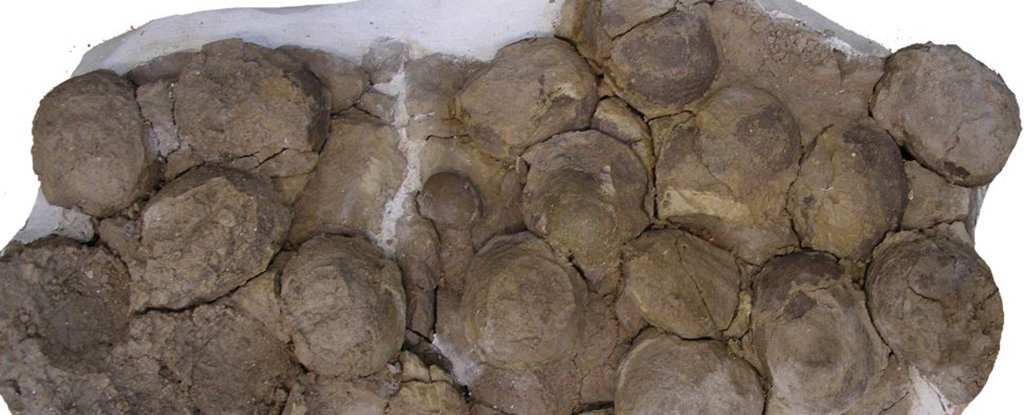
A Jurassic graveyard in Patagonia, Argentina, holds more than 100 fossilized eggs and the bones of 80 Mussaurus patagonicus dinosaurs ranging in age from hatchling to adult. The trove of dinosaur remains suggests that these paleo-beasts lived in herds as early as 192 million years ago, a new study finds.

Some of the oldest evidence for modern humans living in rainforests has been found in a cave in Southeast Asia. Researchers analysed fossilised teeth discovered in Laos, revealing that these humans ate fruits and meat as part of an omnivorous diet.

We know that true polar wander (TPW) can occasionally tilt whole planets and moons relative to their axes, but it’s not entirely clear just how often this has happened to Earth. Now a new study presents evidence of one such tilting event that occurred around 84 million years ago – when dinosaurs still walked the Earth.
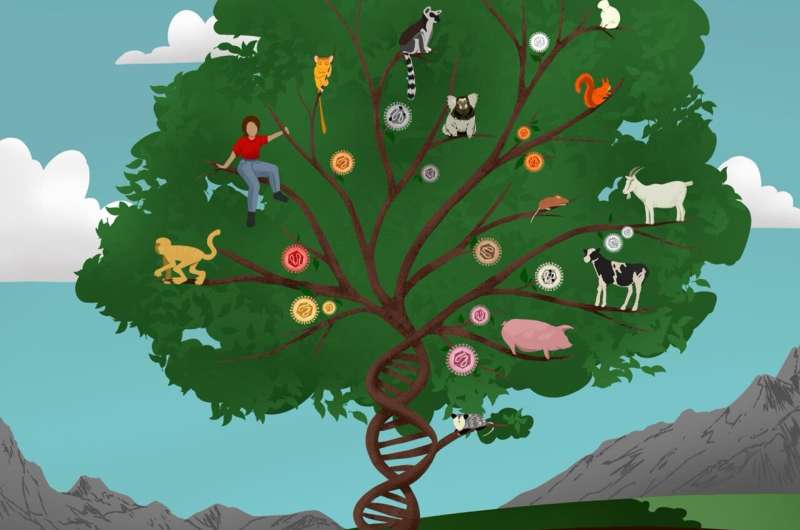
Nearly half of our DNA has been written off as junk, the discards of evolution…
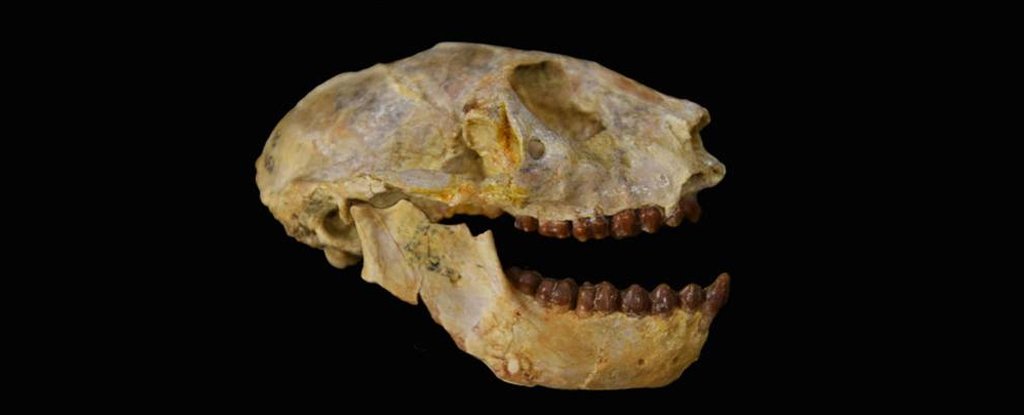
The close of the Eocene roughly 33 million years ago marks a time of great change on Earth. In a slow reversal of what we’re seeing today, temperatures dropped and glaciers stretched their icy fingers towards the equator.
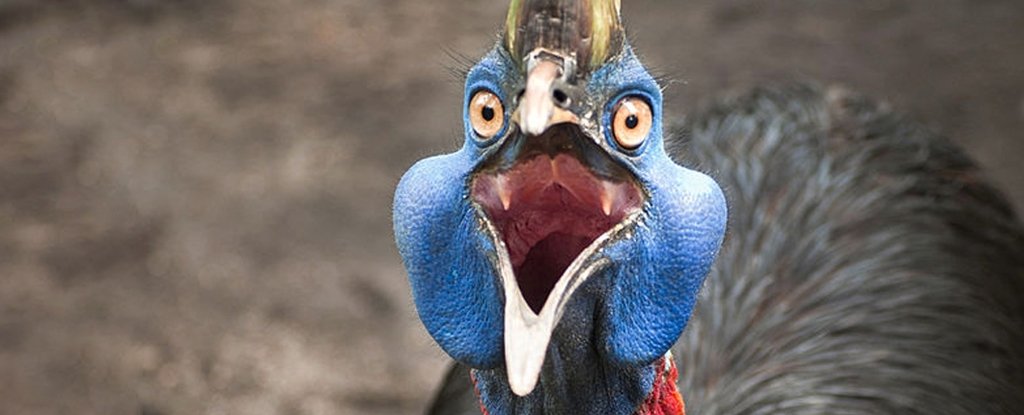
With powerful legs tipped by dagger-like talons, capable of eviscerating you with a single kick, cassowaries are the bird that most lives up to the moniker of a modern dinosaur.

A 25m-year-old eagle fossil discovered on a remote outback cattle station in South Australia has been identified as one of the oldest raptor species in the world.
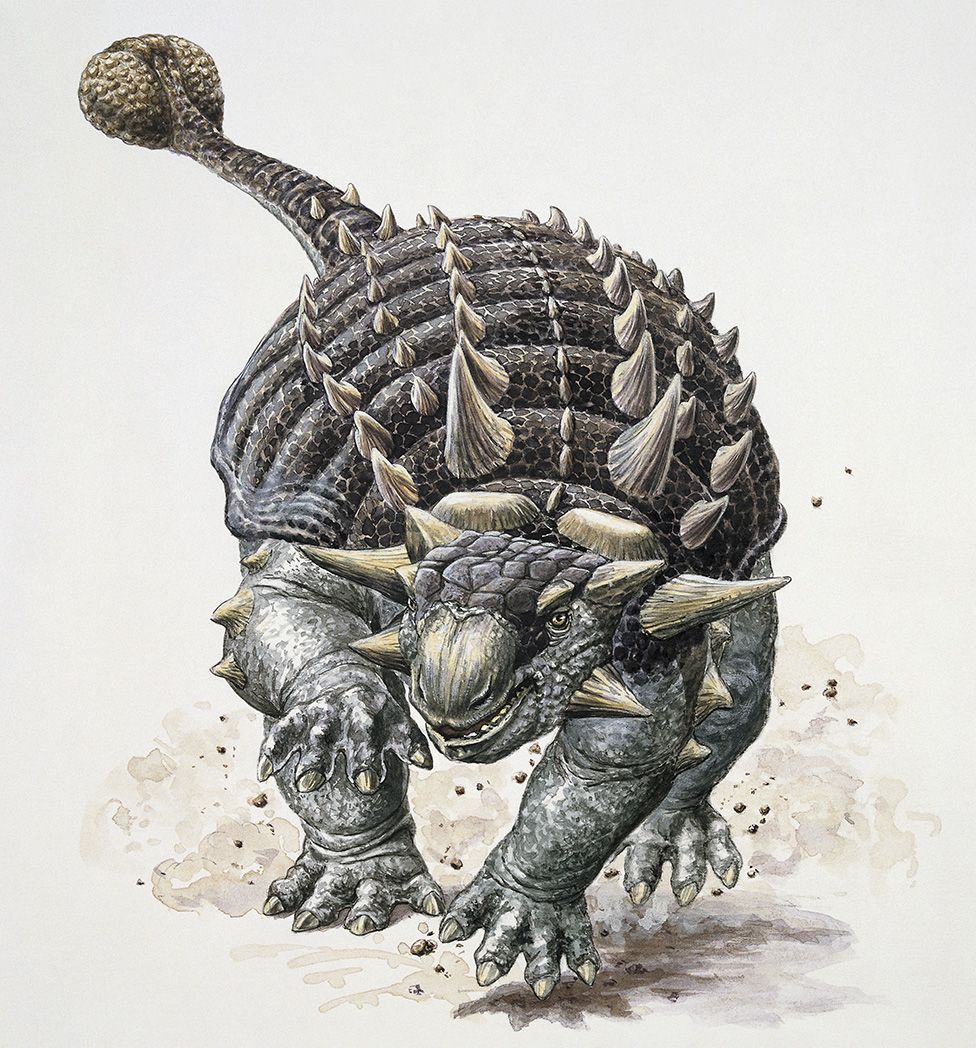
“Think of a coffee table. Short, broad, covered in spikes and walking towards you. That’s an ankylosaur!”
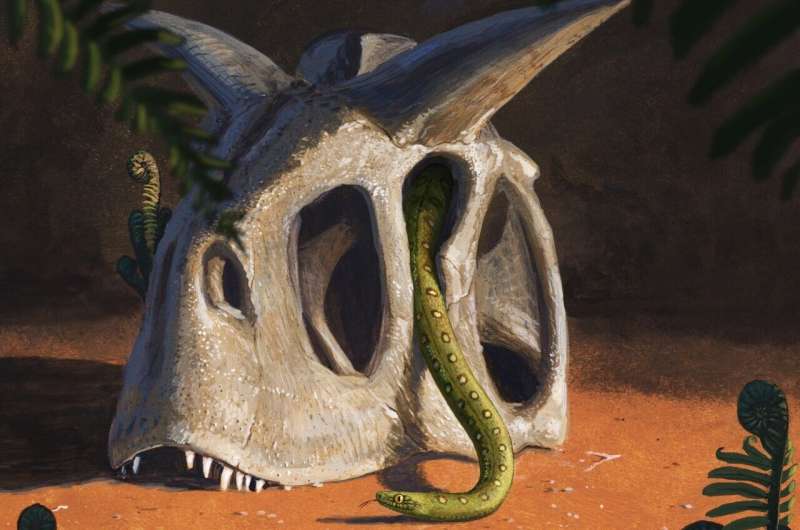
A new study suggests that all living snakes evolved from a handful of species that survived the giant asteroid impact that wiped out the dinosaurs and most other living things at the end of the Cretaceous

Genetic “dark matter” may drive the emergence of new species, new research finds.
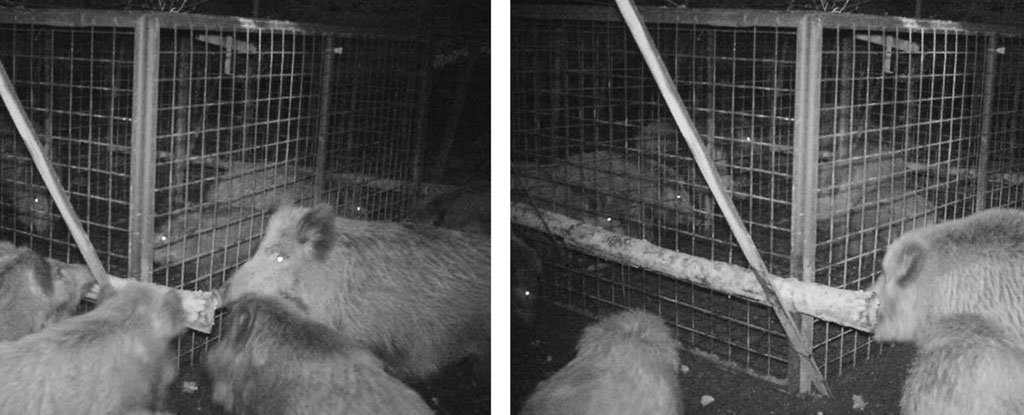
A wild boar carried out a daring mission to free two piglets from a trap, demonstrating high levels of intelligence and empathy, a new paper published in Scientific Reports shows
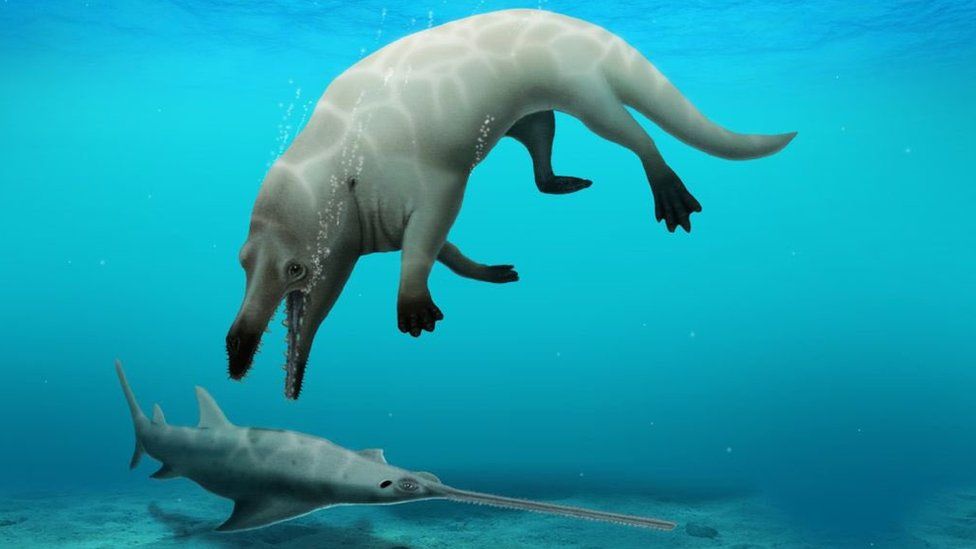
Scientists in Egypt have identified a new species of four-legged whale that lived around 43 million years ago.
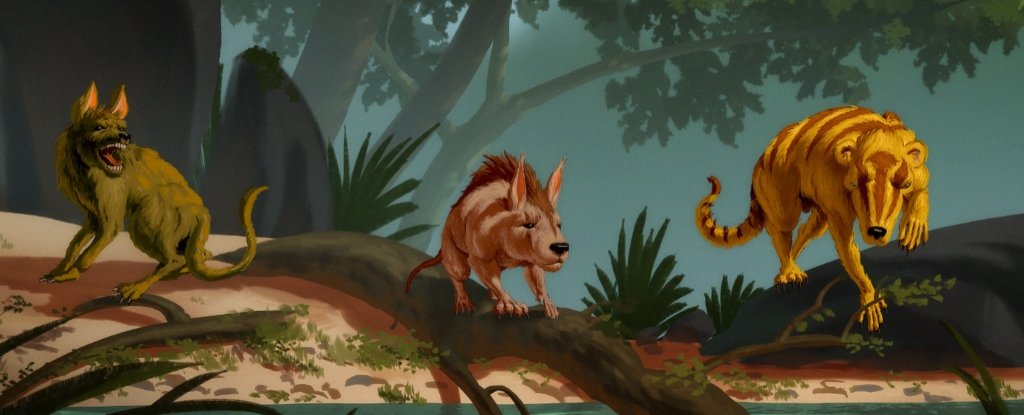
Early on their quest to reach the Lonely Mountain in J.R.R. Tolkien’s The Hobbit (1937), Bilbo Baggins and company cross paths with an enormous, shape-shifting warrior named Beorn.

Cuttlefish have one of the largest brains among invertebrates and can remember what, where, and when specific things happened right up to their final days of life, according to new research.
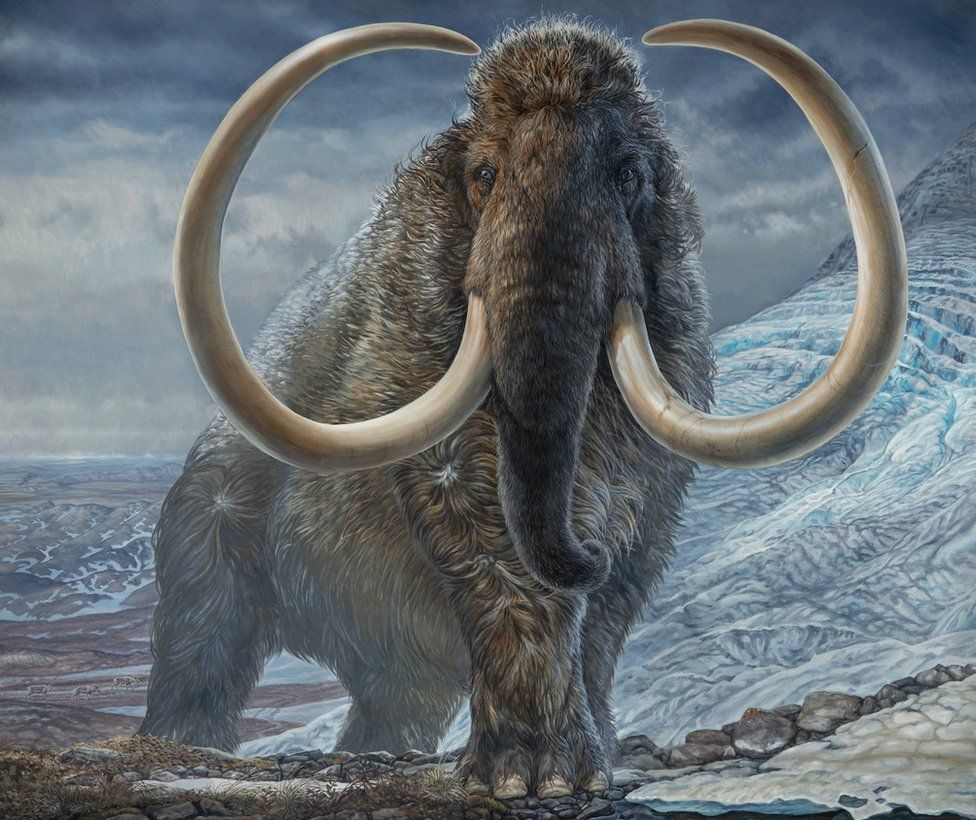
The research shows that the Ice Age animal travelled a distance equivalent to circling the Earth twice.
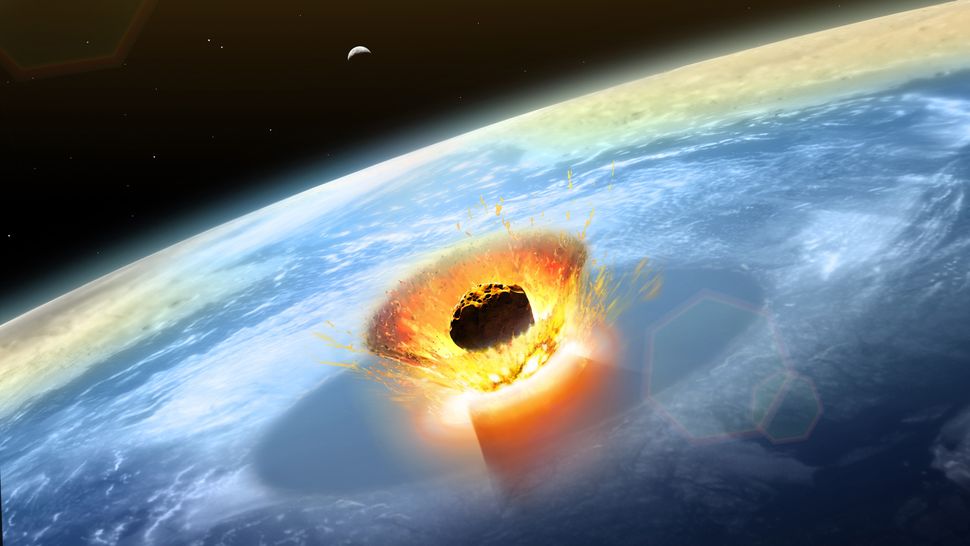
About 66 million years ago, an estimated 6-mile-wide (9.6 kilometers) object slammed into Earth, triggering a cataclysmic series of events that resulted in the demise of non-avian dinosaurs. Now, scientists think they know where that object came from.








